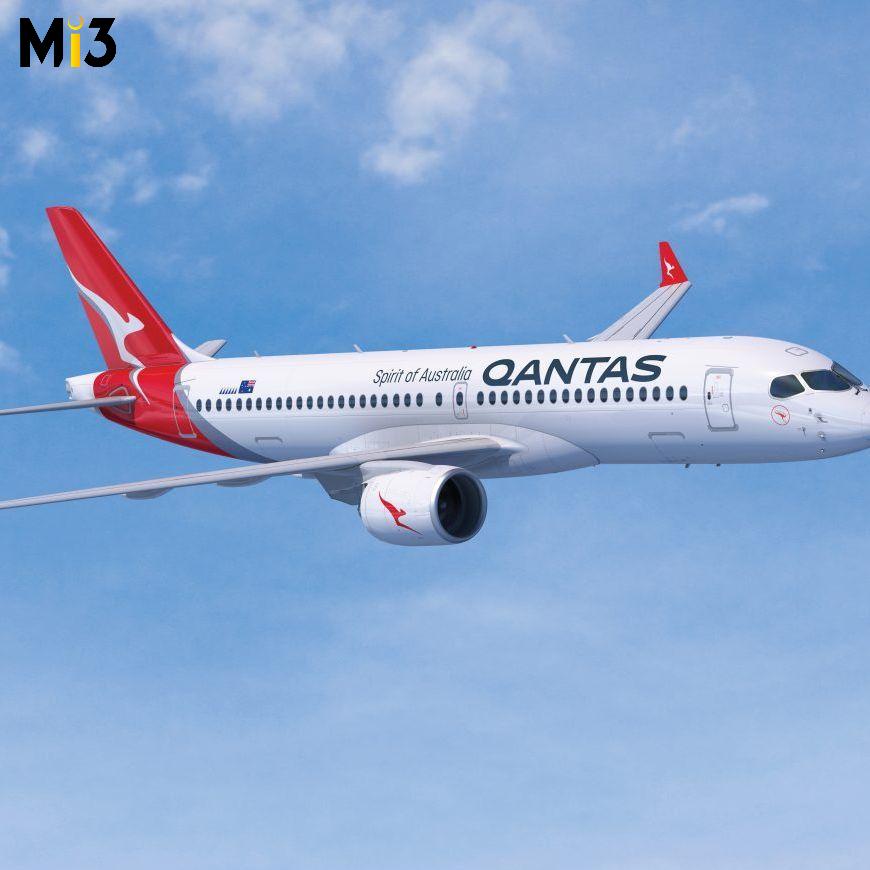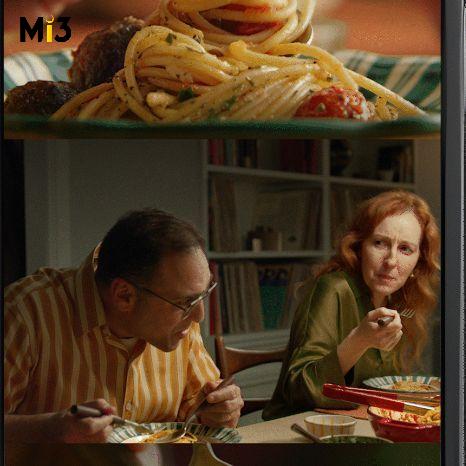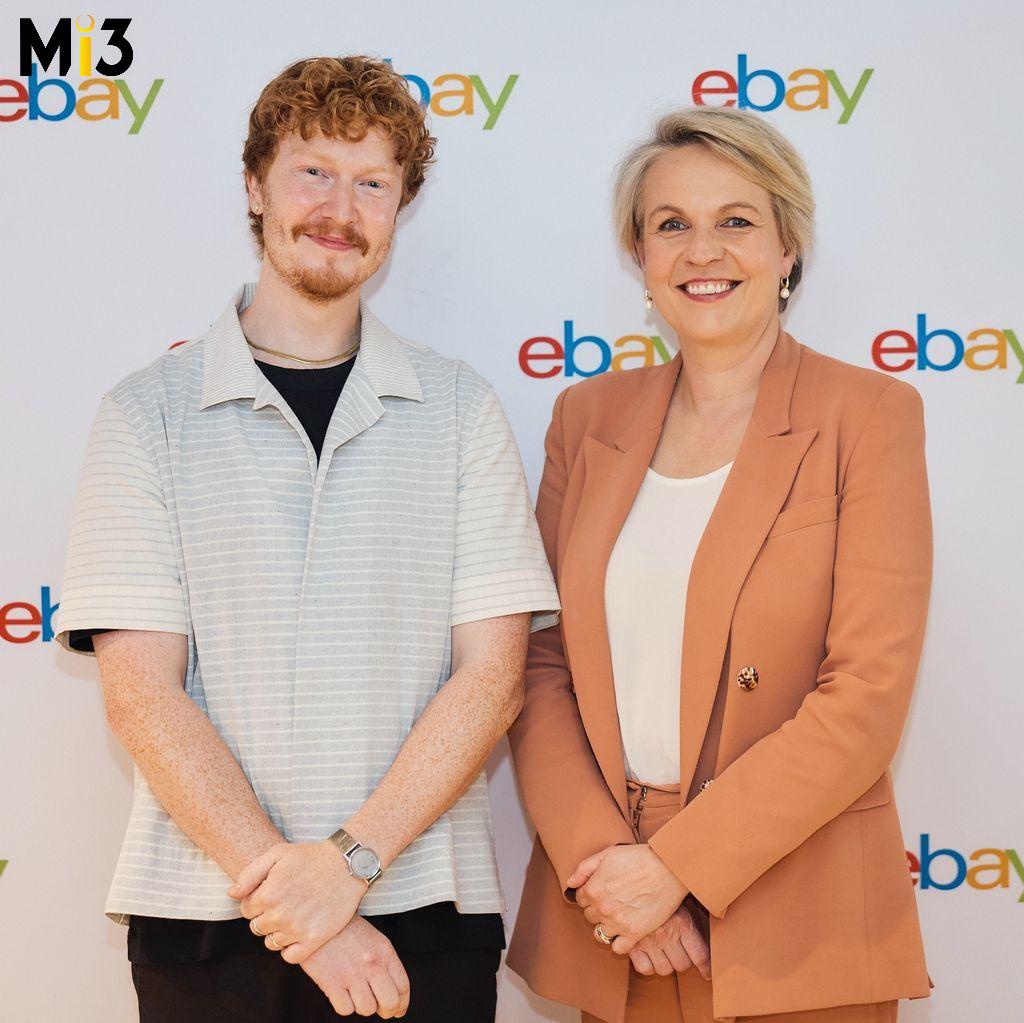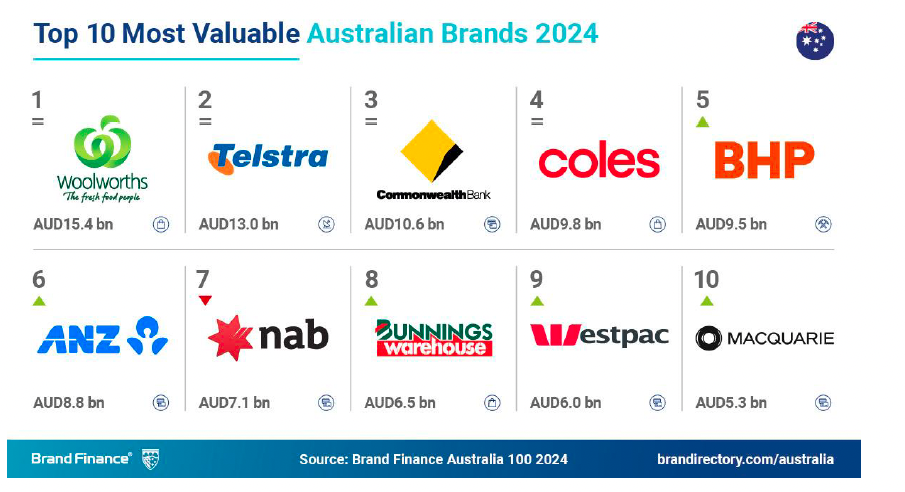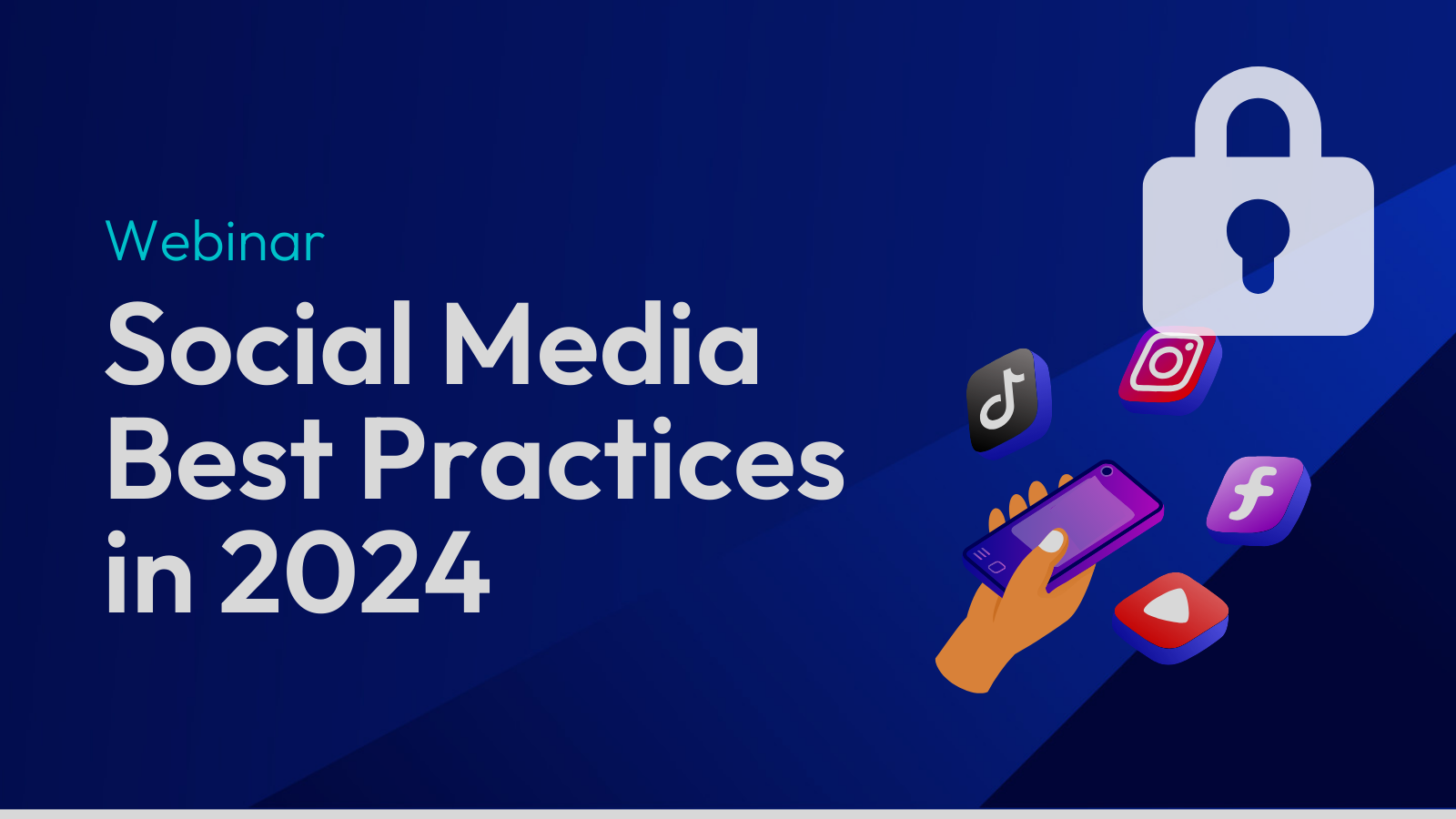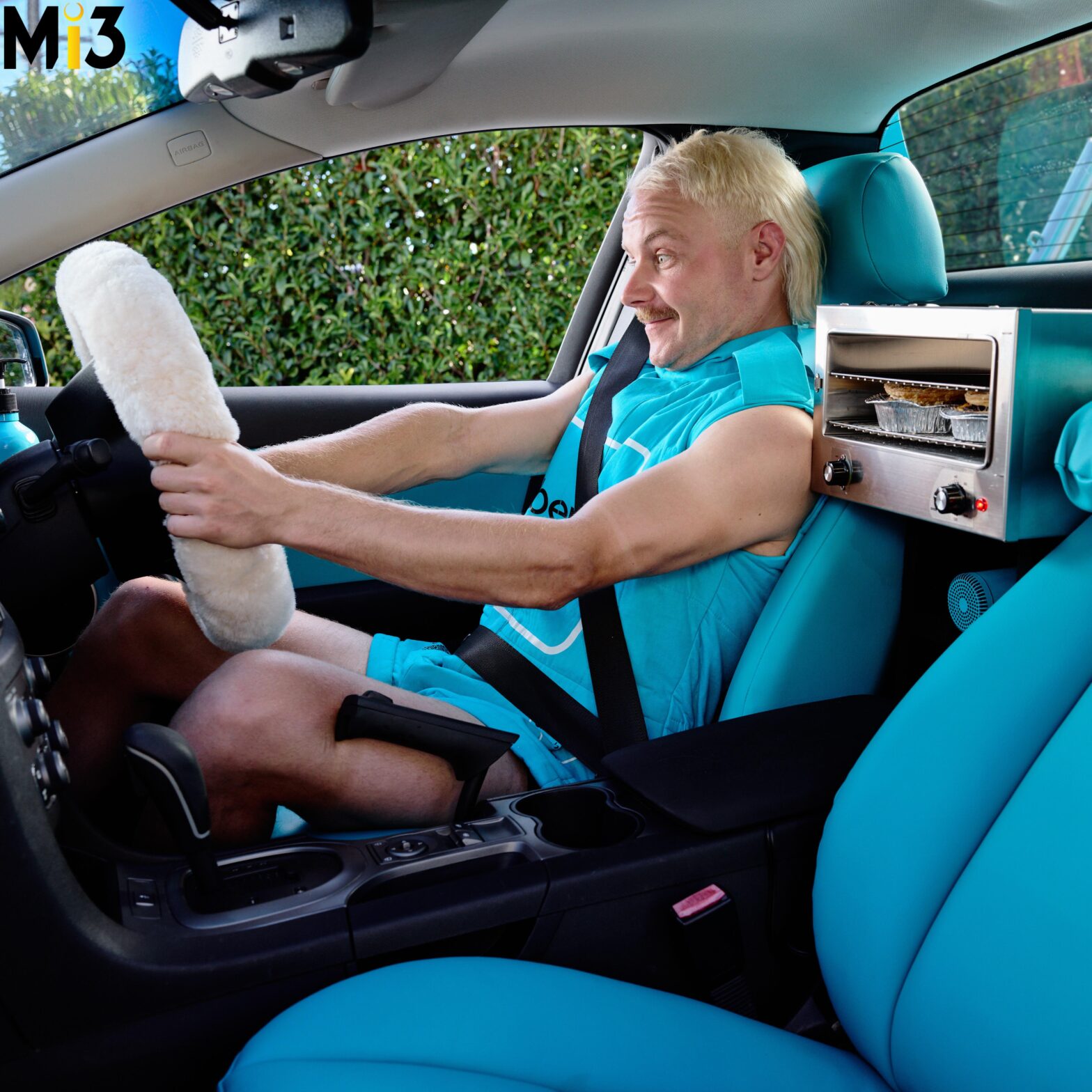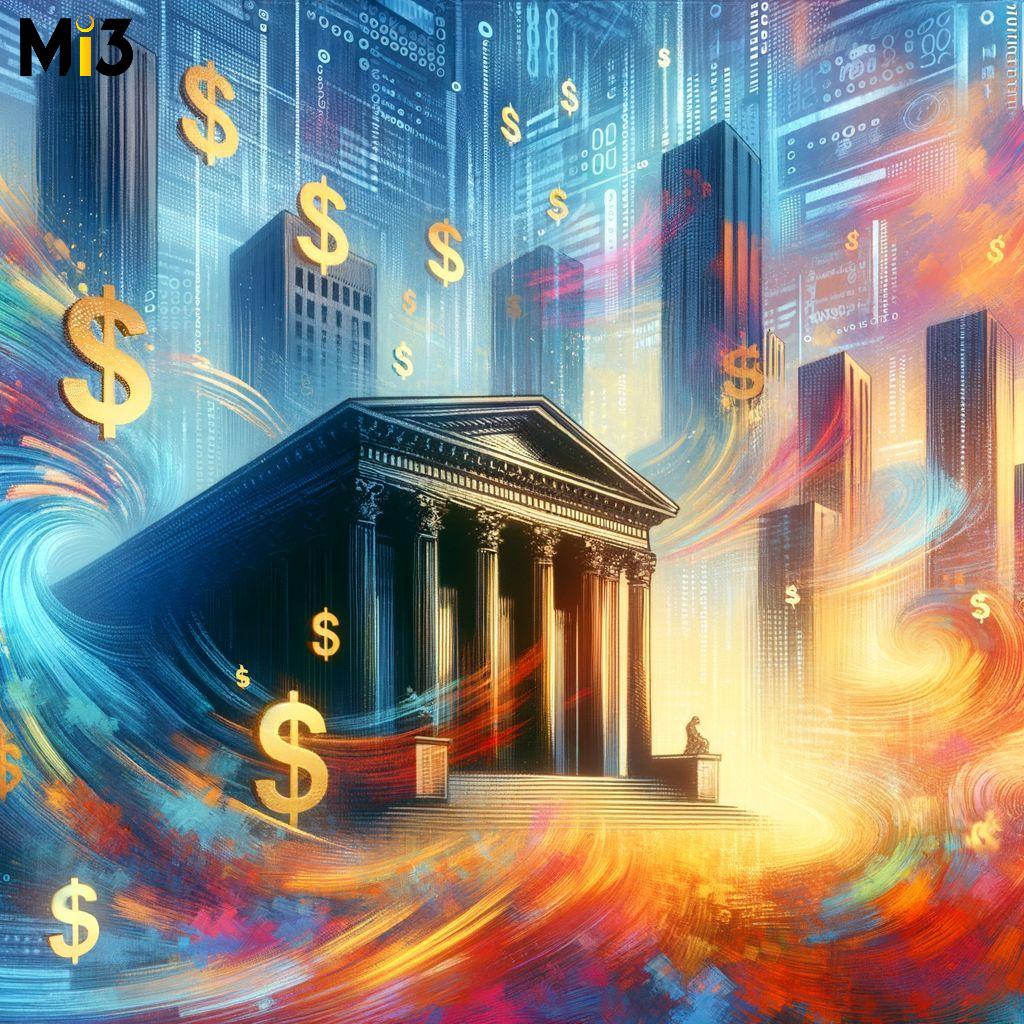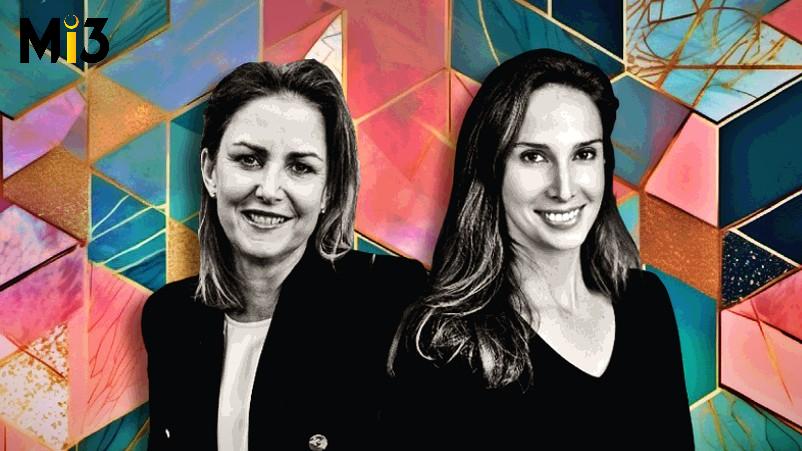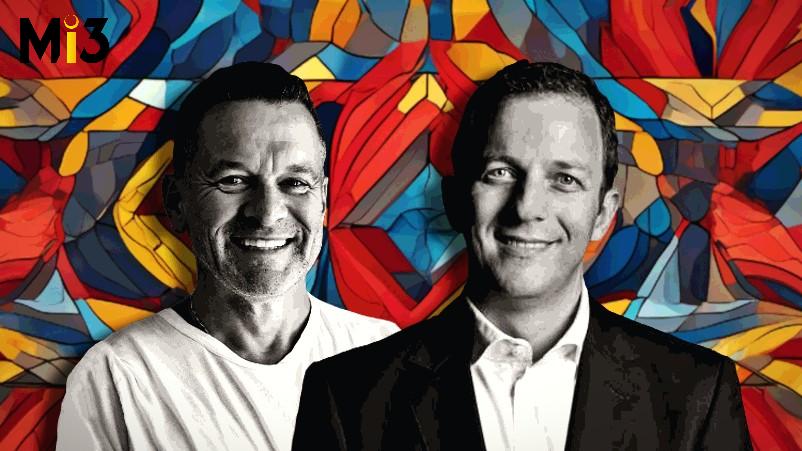 News
News
 More News
More News
IPG Mediabrands, Zefr partner to combat misinformation in on..
IPG Mediabrands and Zefr have partnered to tackle misinformation and enhancing brand safety for online campaigns....
Pepsi unveils AI-driven capsule collection in collaboration ..
Pepsi has launched an AI-first capsule collection, the 'Pepsi Pulse Collection', in partnership with emerging Australian designer Jackson Cowden....
Bank of Queensland reports $151m net profit amidst customer ..
Bank of Queensland (BOQ) has reflected a solid $151 million net profit in its latest half-yearly results, but flagged a $1bn dip in customer deposits along with...
Tumbleturn sets up fractional CMO practice to tackle marketi..
Growing complexity of the CMO role and the realisation of the dream of having a seat at the boardroom table has brought with it a growing remit and demanding ro...
Coles CEO Leah Weckert challenged on customer value, supplie..
Following the contempt of court threats that pervaded the morning of the current Senate Inquiry into Supermarket Prices against Woolworths CEO, Brad Banducci, f...
‘The biggest pandemic is not Covid, it’s anxiety’: For..
An eclectic group of business founders and c-suite execs gathered in Nine's Sydney HQ recently as part of the Compadres business mentoring initiative created by...
Achieving excellence through lifelong learning: insights for..
Attributable to Stephanie Conti, Manager, Customer Centricity &...
My Brillant Career..
Celeste Moroney, Director at Run Partners and AMI Non Executive Board Member I used to think that a career was linear. Then I found myself c...







